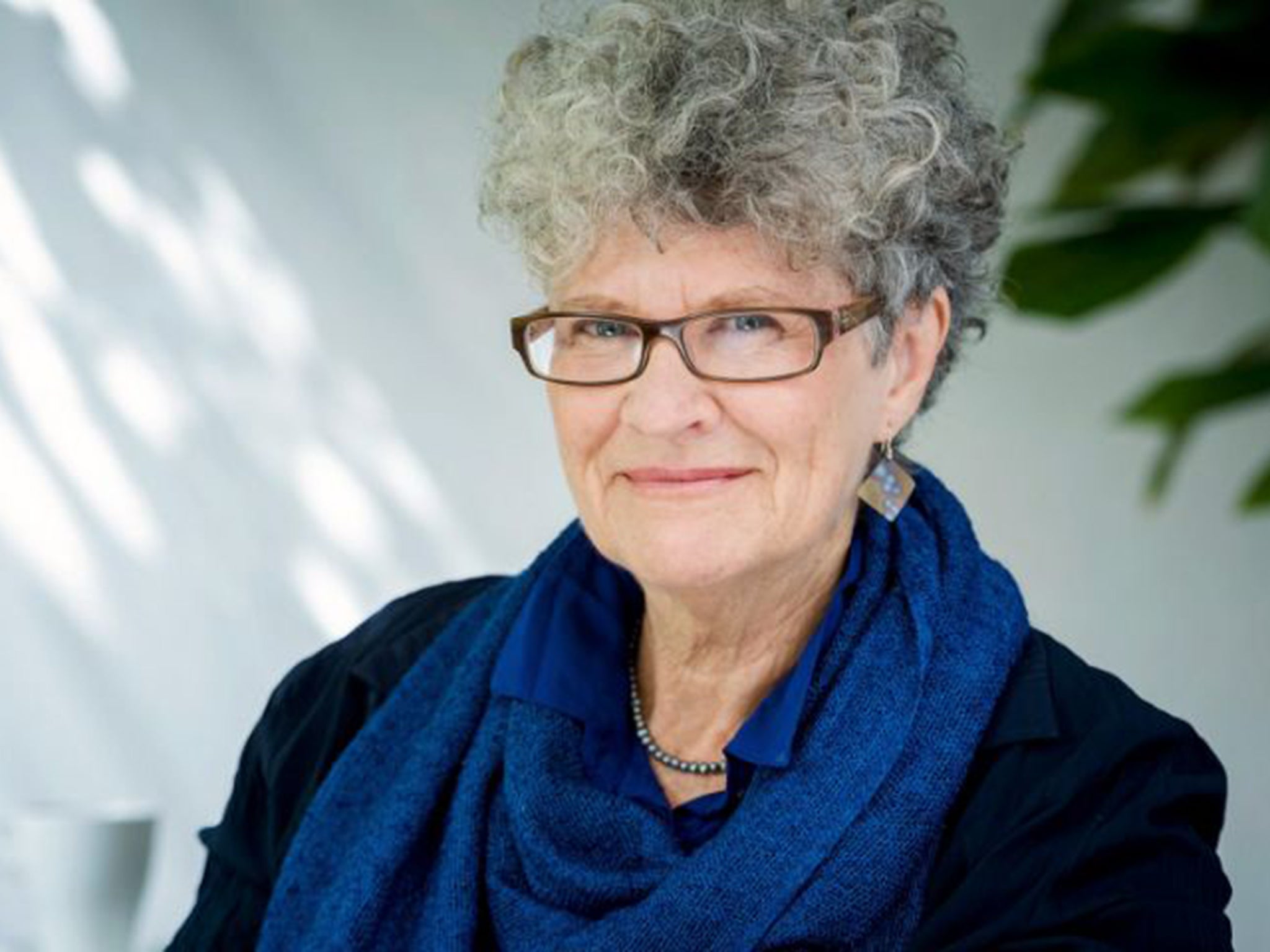My part in changing attitudes towards mothers: here’s to not being remarkable
Thirty years ago it was rare to be both an artist and a mum; not everything’s in balance yet, but attitudes have improved

There’s a picture of me that was hung in the Archibald Prize, Australia’s most celebrated portraiture award, in 1986. It didn’t win, but it gathered crowds. It was the first – and perhaps the only – entry that’s ever shown a woman breastfeeding. On the table in front of me and my six-month-old son are a fountain pen, my glasses, and a half-written page of the novel I was writing at the time. The painting – by Nigel Thomson – is titled Kate Grenville: Artist/Mother.
In 1986 this seemed like a forward- thinking sort of image, making an important statement: a mother can write and have a child! Now it’s got a quaint trying-too-hard sound about it. After all, who would call a portrait of a man with his son “Joe Blow: Artist/Father”?
The baby in Nigel’s painting is now a 6ft3in 30-year old, and his mother is working on her 14th book. In 2016, the idea that a mother can also be an artist is no longer news.
But perhaps it should be. What isn’t in Nigel’s painting are the other parts of the three-way juggle of a woman’s life, then and now – not only work and children, but all the rest. He didn’t put in the mop, the washing-line, the stove or the supermarket list.
Recent research gives us the discouraging (but not surprising) news that women – even those with a full-time job – still do the overwhelming majority of the housework and childcare.
This is probably one reason why my daughter is part of a lively feminist reading group (to which men are welcome, and sometimes come). That juggling act between identities is still alive and well.
Feminist reading groups can do their bit, lawmakers can do theirs, and we can all write cranky letters about ads that stereotype women. But women have done their bit – the rest of the change in this area has to come from men. Every man starts life as a son. That gives mothers a particular opportunity to get in early.
My own mother was a stirring example of a woman bursting out of the role written for a woman of her time. She was a registered pharmacist (one of a handful in the 1930s), ran her own successful pharmacy businesses (in the 1940s, that was unheard-of for the mother of two young children), laid the bricks for the family home (something that might still turn heads), and wore trousers when it was supposed to be frocks and gloves all the way.
She was bold and loud in a way that was (to her timid daughter) both embarrassing and exhilarating. When I became a mother I knew from her example that it was my duty and pleasure to keep up the work of grinding sex-role stereotypes into the dust.
When the wooden play equipment at the children’s pre-school needed repair, I brought it home and got out the saw and the hammer. Perhaps a man might have done it better – I was a self-taught handyperson – but doing it perfectly would have to wait for the next generation. At least all the four-year-olds – the boys as well as the girls – had got a message about women that they wouldn’t get from TV.
I forbade both toy guns and Barbies for our children. I bought a doll’s house for our son and a train set for our daughter. My finest hour, though, was my editing of the Enid Blyton books: I went through with a pen and reversed all the characters. Now it was Betty and Anne who got to climb the cliff and tie up the villain. John and Dick had to stay at home and open the tin of Spam for supper.
My children have told me they get out the old Enid Blyton books at dinner parties and reduce their guests to hysterics by reading a few excerpts. Still, something must have worked: for his last birthday my son wanted a superior French frying pan, and for hers, my daughter asked for a cordless drill. My son’s girlfriend is delighted to have a partner who cooks and cleans, and my daughter’s boyfriend is equally happy to have a partner who can mend a broken chair.
Nigel Thomson has won the Archibald Prize twice, and both winners are great paintings. But that 1986 entry marks a moment that I like to know I was part of. It was the moment when things were slowly swinging on a great hinge. When the swing was complete, we had a world where the idea of a woman being an artist and a mother was something better than remarkable: it was ordinary.
Kate Greville’s 'One Life: My Mother’s Story' is in paperback now (Canongate)
Join our commenting forum
Join thought-provoking conversations, follow other Independent readers and see their replies
Comments
Bookmark popover
Removed from bookmarks